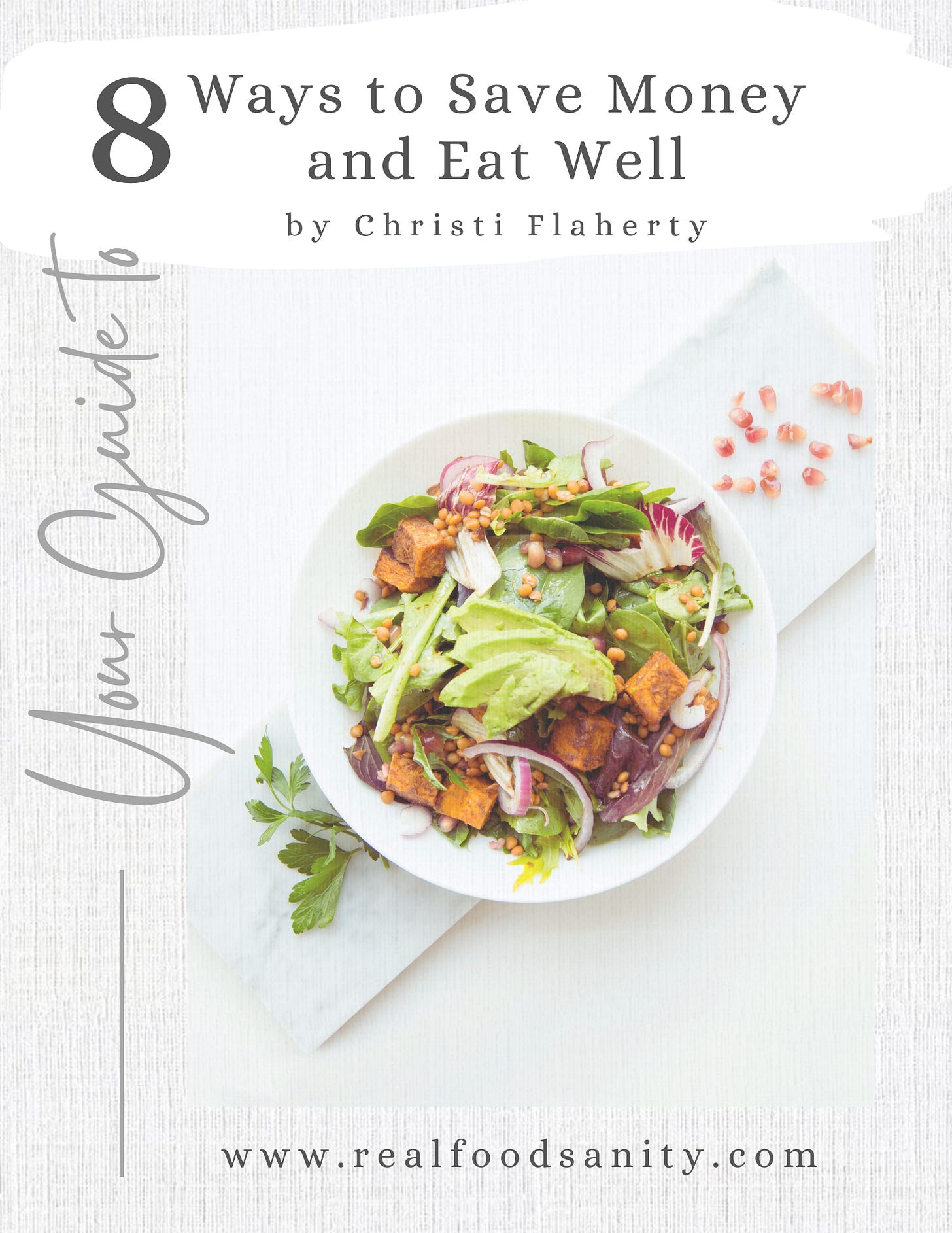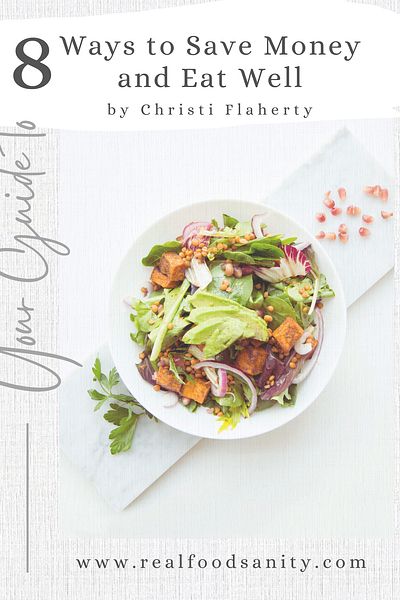Hey there, friend. I’m in the middle of helping my husband get his new business up and running, so this is going to be short, but I want to offer you some encouragement.
Are you a glass half empty or glass half full person? It’s hard to be the latter when everyone’s always talking about prices, job cuts, recession, war and on and on…
When we moved to Napa Valley back in 2007, it was just prior to the ‘08 recession. We had already used up our 401K plus the proceeds from selling our house in the first 6 months after our move and it went downhill from there. But we had made a choice to make the move without a house or a job and live out our dream. As is true for many dream chasers, we lost everything and eventually returned to Texas in a five figure financial hole.
Wait…that’s not encouraging…
I’m telling you this because during that whole 6 years, we regularly invited people to our table even in our perceivable lack. The table was our lifeline and inspiration for the title of my Monday newsletter you’re reading right now.
The table was (and still is) our place to commune together, laugh, cry, and sometimes even pray through the hard times. Since we hardly had any money, I had to learn how to make meals without having much to start with.
At that time, I received a farm box in exchange for being the host for the farm’s CSA (community supported agriculture) box program in our area. This box was a true blessing because it provided almost all our vegetables for the week. Then I just had to figure out how to stretch the little we had for other meal ingredients.
Sharing meals with friends and family is a high value for us. To make room for this, I stumbled upon several valuable lessons for how to save money without compromising quality by purchasing cheaper processed foods.
Remove the anxiety of “What’s for Dinner?”
For less than $2 a week, paid subscribers not only get four budget friendly meal plans in a neat PDF, but also open access to archived recipes and posts, private community (where you can DM me with questions), invites to exclusive virtual events and more. Upgrade to paid to have instant access.
My goal is to help you find the joy in cooking for yourself and those you love, so I thought I would pass along what I learned. The attached PDF has all the details but here are the rough points:
Don’t Buy Everything Organic - What I do and what I don’t.
Know Prices - This tip can save you a lot even on high quality food.
Maximize Online Shopping - Maybe not while drinking a glass of wine, though. 😉
Stock Up When It Makes Sense - “Loss leaders” at grocery stores can be your friend.
Avoid the Pitfalls of the Sample Lady - They mean well, but don’t fall into the trap.
Buy Produce Locally and In Season - While prices may seem higher, it’s not really the case.
Bulk Bins for the Win - If you’ve read my 25 Essential Ingredients post, you already know about this one.
Best Ways to Waste Not - The dates on the package can be confusing.
Oh, and the one bonus way that somehow I forgot to include is DIY as much as possible. Salsa, salad dressings and spice blends are expensive and many times have lots of unnecessary ingredients. And bread can be made for pennies, especially regular wheat bread (even using organic flour!)
is your go-to for gluten free baking including several different kinds of bread. And with is where I first learned to regularly bake artisan style bread before I found out I couldn’t eat gluten. I highly recommend the first book if nothing else.So, dear reader, I hope this is helpful and I would love to hear from you about your silver linings in these somewhat dark times.
xoxo,
Christi
Download the PDF






What a great resource! I buy a lot organic, but not everything. I do my research, and I carry my dirty dozen and clean 15 list in my wallet.
This is such great advice! Thank you for making grocery shopping and cooking more approachable.